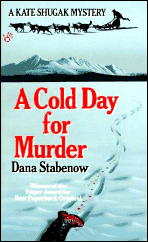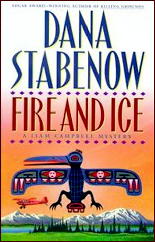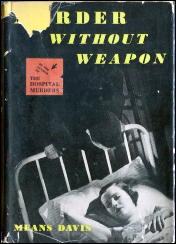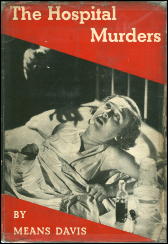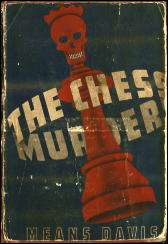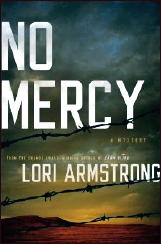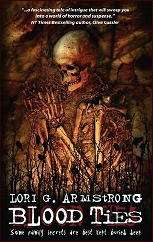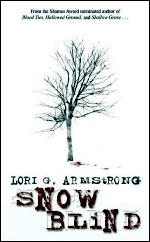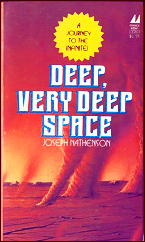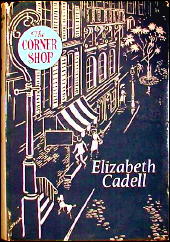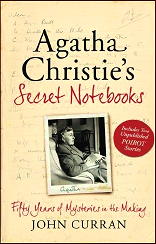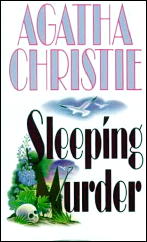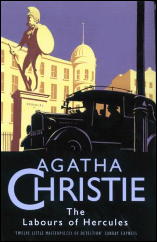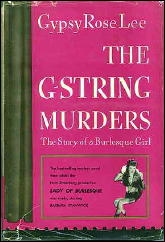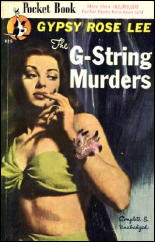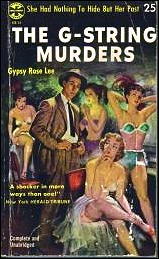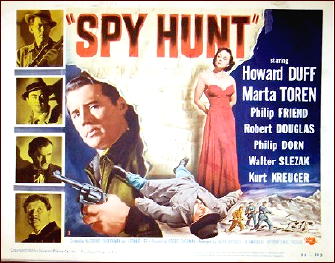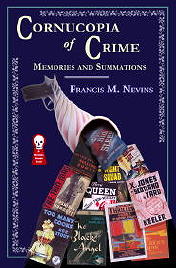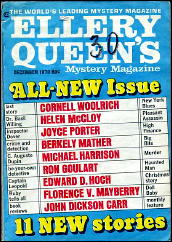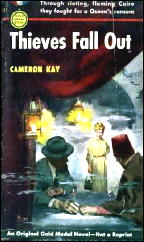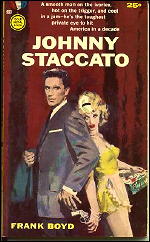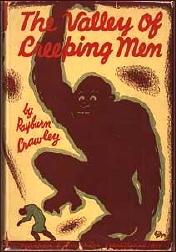Reviewed by DAVID L. VINEYARD:
VICTOR CANNING –
â— Panthers’ Moon. Hodder, UK, hardcover, 1948. M. S. Mill & Wm. Morrow, US, hardcover, 1948. Paperback reprints include: Bantam #734, 1950; Berkley F778, 1963. Film:
Spy Hunt, with Howard Duff, Marta Toren, Robert Douglas, & Walter Slezak; directed by George Sherman.
â— The Finger of Saturn. Wm. Heinemann, UK, hardcover, 1973. William Morrow & Co., US, hc, 1974. Paperback reprints include: Pan, UK, 1975; Pyramid, US, 1975.
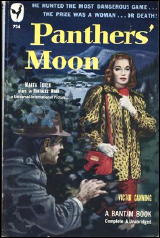
These two novels from Victor Canning span the course of his long career. The first, Panthers’ Moon (1948), was his second thriller after returning to writing following WW II, while The Fingers of Saturn (1973) came from his most diverse, prolific, and successful era.
Canning was the third man in the top three thriller writers of his period. If you grant that Eric Ambler and Graham Greene stand alone, then the top three of the period were Hammond Innes, Geoffrey Household, and Victor Canning. They had spectacular sales, uniformly rave reviews, and Hollywood came calling frequently. Canning is unjustly neglected today.
Canning began writing largely humorous novels in the late thirties, took some time off after the war and came back with The Chasm, a thriller. His second thriller is Panthers’ Moon, which is a classic of its kind, a perfect mix of essential elements.
The typical Canning hero is a professional, a country man, and a sportsman, but within that type he manages quite a bit of variation from innocents abroad to professional assassins.
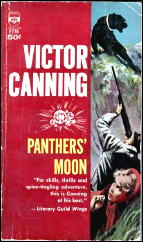
Roger Quain is an engineer asked to help an old friend who owns a circus transport a pair of leopards, a male and a female, who were kept as pets by a wealthy Italian nobleman.
In the compartment to the left of Quain was the male panther. The animal lay on his side, sprawled over like a heat lazy dog, little mounds of dirty sawdust thrust up by his paws where he had stretched lazily in his sleep.
Quain respects the animal and recognizes the hatred in the beast’s eyes. Back at his hotel Quain is approached by Catherine Talbot, a British Agent, who tells him she has important information she must get out and cannot because she is being watched. The information is in the form of microfilm. Quain agrees to get it out and hides the microfilm in the collar of the male leopard.
Then the Simplon-Orient Express, on which Quain is transporting the two cats, is wrecked in the Alps and the cats are on the loose. Quain has to recover the animals and the microfilm, and just who he can or can’t trust is a question. Denson, the American journalist who interviewed him before he left Italy, the seductive Carlotta, Valecchi the fat man, Copelnancer the professional hunter, and what of Parradou the policeman?
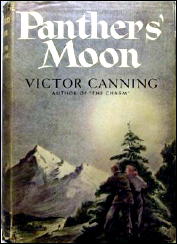
And as you might expect Quain himself will become the hunted and the hunter beneath the Alpine Panthers’ moon:
“There are no secrets now. When we are without secrets we know ourselves, and that’s what I know at last. I know myself and where I have been and what I must do. Now I can be headstrong, violent … there’s not the joy in violence I once imagined … and romantic …”
This one was filmed as Spy Hunt, with Howard Duff and Marta Toren, Walter Slezak as Valecchi, and Robert Douglas as Copelnancer. It’s a solid little film, a minor A production, a little set bound, but making the most of the elements of the cinematic novel.
The Finger of Saturn from two decades later is a darker book. Canning had become disenchanted with the games played by the Security Services and portrayed them as ruthless and vicious. He himself had divorced his wife and become involved with another woman, prompting the most productive period of his career. It was in this period he wrote what may be his masterpiece, The Rainbird Pattern, filmed by Alfred Hitchcock as The Family Plot.

The Finger of Saturn is the middle finger, and when it is shorter than the other two fingers surrounding it old wives’ tales imply something sinister. And as we all know not all old wives tales are wrong …
Robert Rolt used to be something in the Foreign Office, as his father an ambassador had been. Now he takes care of the family estates, Rolthead, a gentleman farmer and land owner. Up to two years earlier he was ecstatically happy with his wife Sarah, but then she went missing.
Now someone from the Foreign Office shows up with film that shows a woman who looks suspiciously like Sarah. When Rolt goes to visit her he discovers she is Sarah, and has no memories of her past, he convinces her to come home.
But when they go to visit her mother in Italy they are nearly killed. An accident — or something more sinister. And now a man named Garwood, Deputy Director Statistical Projects of the Ministry of Defense has approached Rolt. Sarah’s family is tied closely to a mysterious group, International Industrial Systems Limited, I.I.S.L. and they would like to know just how closely. All he really knows about his mother in law is that she has made some eccentric donations …
“She’s very interested in astronomy and I know she’s made some quite large donations to various astronomical research bodies both in Europe and America.”
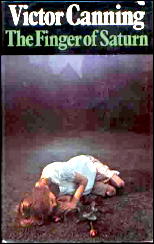
“That doesn’t strike me as being odd, Mr. Rolt. Backing science after all is …”
“This isn’t science! This is the rankest kind of nonsense. These are crackpot organizations who believe in little green men from Mars and unidentified flying saucers.”
Soon enough it becomes obvious what Garwood and company want from Rolt. They want him to destroy I.I.S.L.’s secret headquarters at Caradon Abbey in Cornwall, where only he, with Sarah’s contacts, can penetrate their sinister secrets and those of the woman he loves more than anything in the world.
I won’t give away what Rolt finds, but suffice it to say it is unique among Canning’s novels and he brings it off beautifully as only a true master could.
… there will be little change in man because man is unique — he is the one truly corrupt animal the world has produced. The gods who used to walk among men have abandoned us … but love … excels all things, excludes all things, and forgives all things. It is beyond all cherishing because it is the last dim spark of divinity in man.
To have produced one of these books in a career would be accomplishment enough. To produce two of them a bit over twenty years apart is remarkable.
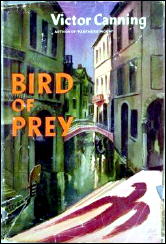
That this same career included such books as Castle Minerva, The House of Seven Flies, The Golden Salamander, Birdcage, Queen’s Pawn, The Great Affair, The Limbo Line, Firebird, and Bird of Prey, as well as his best selling Arthurian novels and his works the basis for films such as The Golden Salamander, The House of the Seven Hawks, The Venetian Bird, Masquerade, Shark, and The Family Plot is a sign of his qualities as a writer (his film and television credits are too numerous to produce here).
Hopefully his work will be rediscovered and reprinted. He’s too good to be forgotten, and writers with his ability too rare to remain unread by future generations. These two are fine examples of his best, but there are many more equal or superior to them.
Almost any of his thrillers are worth reading for lovers of international intrigue, suspense, action, and adventure. He even ventured into humor in The Great Affair, and to some extent his popular private eye series about Rex Carver, a Brit eye with a six foot tall secretary and a penchant for international intrigue.
Canning was a Silver Dagger winner and named a Grand Master by the British Crime Writers Association. Grand Master was never a more deserved title. Lovers of the British thriller would be wise to learn his name and read as many of his books as they can find. No one did it better.
Previously on this blog —
SCORPIO ROOMS: VICTOR CANNING ON TV, by Tise Vahimagi.
VICTOR CANNING – A Fall from Grace (A 1001 Midnights Review by John Lutz).
VICTOR CANNING – The Limbo Line. (Reviewed by David Vineyard).
MASQUERADE (1965). Based on the novel Castle Minerva by Victor Canning. (A movie review by David Vineyard.)
